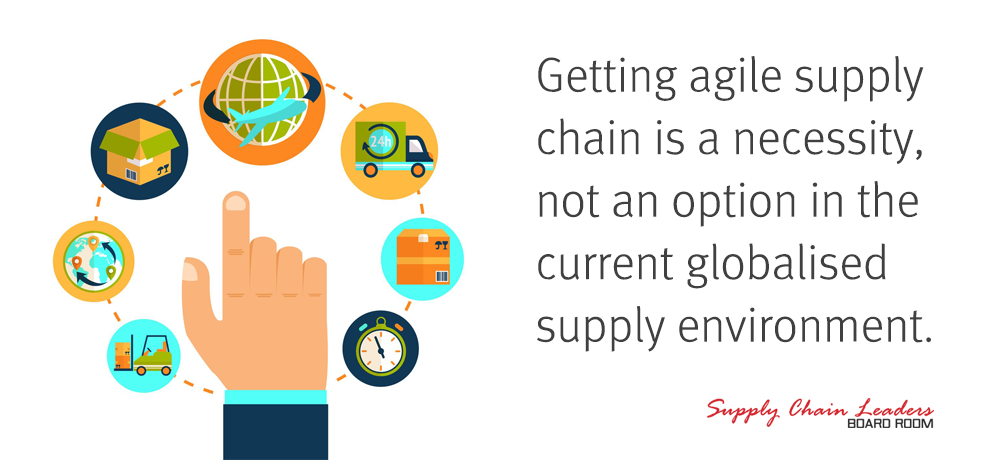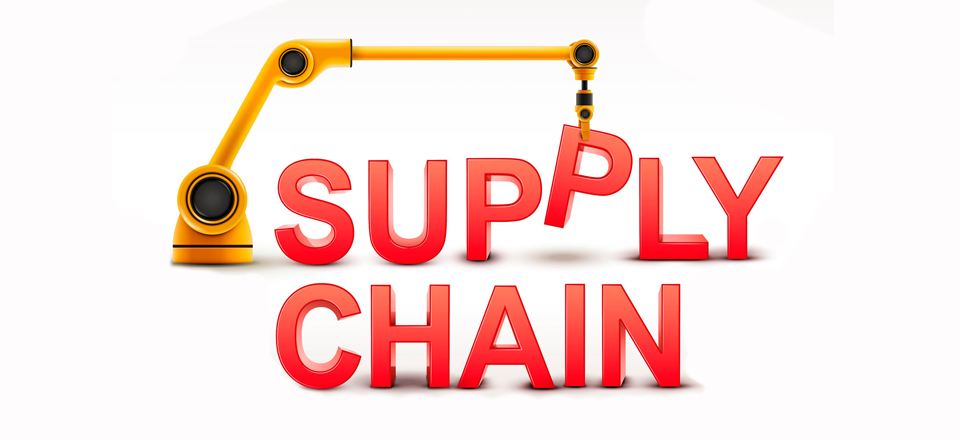Today’s supply chains often present environments in which uncertainty, rather than being something to avoid at all costs, must be accepted as implicit. Amid this growth in volatility, agile supply chain principles are gaining favour in many industries, but particularly in sectors such as consumer electronics and fashion retail.
Limitations of Lean, Low Cost Supply Chains
It’s not that driving for supply chain efficiency is a bad thing. The challenge for many enterprises though, is in breaking a long-established fixation on speed and cost reduction as primary strategic goals. The world has changed, so especially if your supply chain operates across national or continental borders, cost cutting and streamlining must be tempered with the means to adapt to volatile and dynamic conditions.
If your supply chain is too lean, you can’t adapt easily. If your supply chain is super-efficient, it may not be resilient in times of disruption. If your costs are cut to the quick, so is your ability to deal with uncertainty and variability. In short, getting agile is a necessity, not an option in the current globalised supply environment.

Characteristics of the Agile Supply Chain
So what exactly does getting agile mean? Where should you direct the focus of your management team to improve agility? It can be tricky to know where and how to begin.
Certainly it can pay to consult with other supply chain executives, especially those whose organisations have already progressed on an agile journey. If you have a network that you can turn to, or a peer group that you can canvass for ideas, now is a good time to do that.
The following list of agile supply chain characteristics might give you some ideas for getting started:
- An agile supply chain relies less on forecasting and instead, strives to get close to demand signals, therefore responding to real demand.
- An agile supply chain is comprised of integrated processes, not only within a single company, but across all partner organisations.
- In an agile supply chain, buyers and suppliers collaborate, share information, and use common systems
- Buyers and suppliers work together on product design and develop shared contingency plans for disruptive events
- Agile supply chains seek to postpone product differentiation until the furthest possible point down the supply chain
- Agile supply chains are focused on logistics flexibility, maintaining third-party relationships for improved responsiveness
- Agile supply chains concentrate on information rather than inventory, maintaining appropriate levels of buffer inventory for strategically important materials/items
Technology for the Agile Supply Chain
As you might imagine when reading through the characteristics above, technology plays an important part in getting agile. As supply chains progress on the agile journey, investment in some or all of the following IT applications is to be expected:
- Supply chain management (SCM) solutions
- Transportation management systems (TMS)
- Advanced business analytics
- Horizontally oriented ERP platforms
- Web-based applications for sharing point-of-sale and inventory data
- Procurement execution and automation systems

A Program for Giving and Getting Agile Inspiration
If you are already steering your company along the path to supply chain agility, or are planning to do so, it’s a journey you don’t have to make on your own. Getting agile is a trending supply chain imperative in many industries; a prime topic for some executive brainstorming and knowledge-sharing.
The Supply Chain Leaders Boardroom is a membership program for executives like you, where you can get help in developing your agile strategy, and share the experience with an empathic network of professional peers. If you’d like to learn more, just send us your contact details via our home page contact form.

